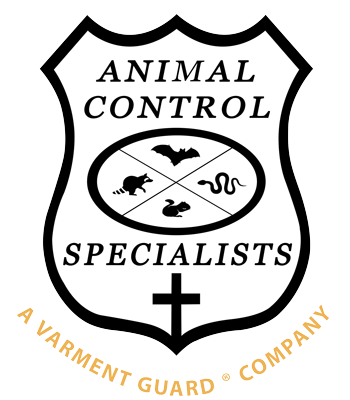Urban wildlife management in Ohio presents numerous challenges due to the rapid urbanization and expansion of cities in the state. One of the main challenges is the loss and fragmentation of natural habitats, which forces wildlife to adapt to urban environments. As a result, conflicts between humans and wildlife have become increasingly common. For instance, there has been a rise in encounters with deer, raccoons, and coyotes in urban areas, leading to property damage and safety concerns. Additionally, the abundance of food sources in cities, such as garbage and pet food, attracts wildlife, further exacerbating these conflicts. Furthermore, managing urban wildlife requires a delicate balance between preserving biodiversity and ensuring public safety. This involves implementing effective strategies like habitat restoration, public education, and the development of wildlife corridors to connect fragmented habitats. Despite these challenges, Ohio continues to work towards finding sustainable solutions to coexist with its urban wildlife populations.
The Challenges of Urban Wildlife Management in Ohio
Urbanization and Wildlife
As urban areas continue to expand in Ohio, the coexistence of wildlife and humans becomes increasingly challenging. The rapid growth of cities and towns encroaches upon natural habitats, forcing wildlife to adapt to urban environments. While this adaptation is impressive, it often leads to conflicts between humans and wildlife.
Human-Wildlife Conflicts
One of the primary challenges of urban wildlife management in Ohio is mitigating human-wildlife conflicts. As wildlife populations adjust to urban settings, they may seek food, water, and shelter from human structures and resources. This behavior can result in property damage, health risks, and safety concerns for both humans and wildlife.
Property Damage
Wild animals, such as raccoons, squirrels, and skunks, can cause significant damage to homes and buildings. They may chew through electrical wires, tear up insulation, or create nests in attics. These destructive behaviors not only compromise the structural integrity of buildings but also pose fire hazards and increase the risk of electrical failures.
Health Risks
Urban wildlife can also pose health risks to humans and domestic animals. Raccoons and bats, for example, are carriers of diseases such as rabies. Their presence near residential areas increases the likelihood of disease transmission through bites or contact with their droppings. Additionally, certain species of birds may carry parasites such as ticks or fleas that can transmit diseases to humans or pets.
Safety Concerns
Another challenge of managing urban wildlife in Ohio is addressing safety concerns. Large animals like deer or coyotes may wander into urban areas, posing risks to both motorists and pedestrians. Collisions with these animals can result in injuries or fatalities. Additionally, aggressive behavior from wildlife defending their territory or young can lead to encounters that put humans at risk.
Legal and Ethical Considerations
Urban wildlife management in Ohio must also navigate legal and ethical considerations. Wildlife control operators must adhere to state and federal regulations regarding the removal and relocation of certain species. It is essential to strike a balance between protecting human safety and the welfare of wildlife, ensuring that humane and ethical practices are followed.
Public Education and Awareness
Promoting public education and awareness is crucial to managing urban wildlife challenges in Ohio. Educating residents about the habits, behavior, and potential risks associated with local wildlife can help prevent conflicts. Encouraging responsible waste management practices, securing trash cans, and removing potential food sources can deter wildlife from venturing into residential areas.
Collaboration with Local Authorities
Effective urban wildlife management requires collaboration between wildlife control operators and local authorities. Municipalities and county governments can play a vital role in implementing policies, regulations, and guidelines to address urban wildlife challenges. By working together, wildlife control professionals and local authorities can develop comprehensive strategies that prioritize public safety while minimizing harm to wildlife.
Conclusion
While urbanization poses significant challenges for wildlife management in Ohio, proactive measures can help mitigate conflicts between humans and wildlife. By addressing property damage, health risks, safety concerns, legal considerations, and promoting public education, we can strive for a harmonious coexistence with urban wildlife. Through collaboration and responsible management practices, we can create a safer and more sustainable environment for both humans and wildlife in Ohio.
Contact For Wildlife Control Help
Thank you for taking the time to learn about Animal Control Specialists, LLC and the wide range of animal removal services we offer. We understand that dealing with unwanted wildlife can be a stressful and urgent situation. Our team of experienced professionals is ready to assist you promptly and efficiently. If you are in need of immediate animal removal services, please do not hesitate to give us a call at (330) 608-1718. We are available 24/7 and dedicated to providing a safe and humane solution to your wildlife problems. Let us help you restore peace and tranquility to your home or property.
